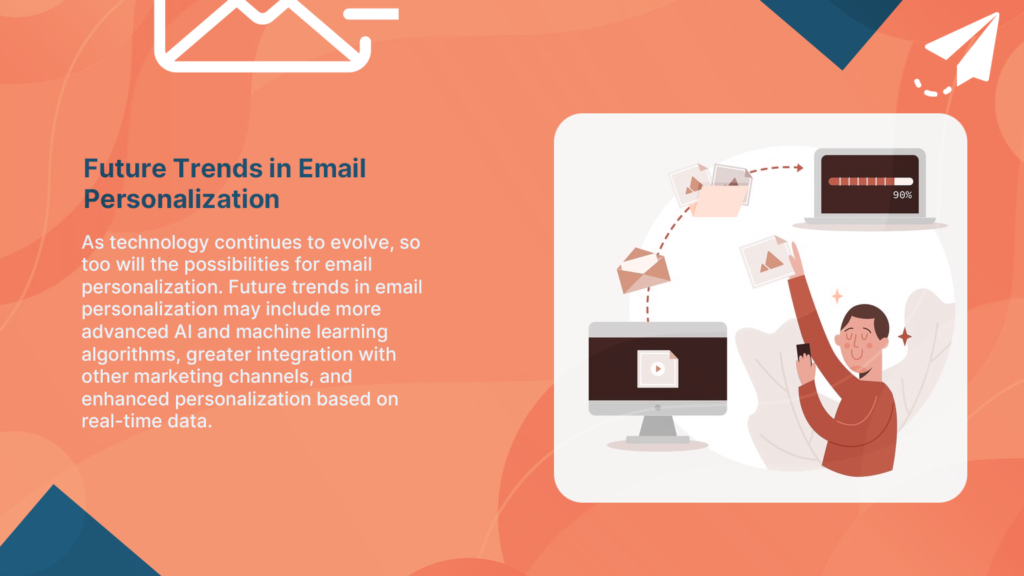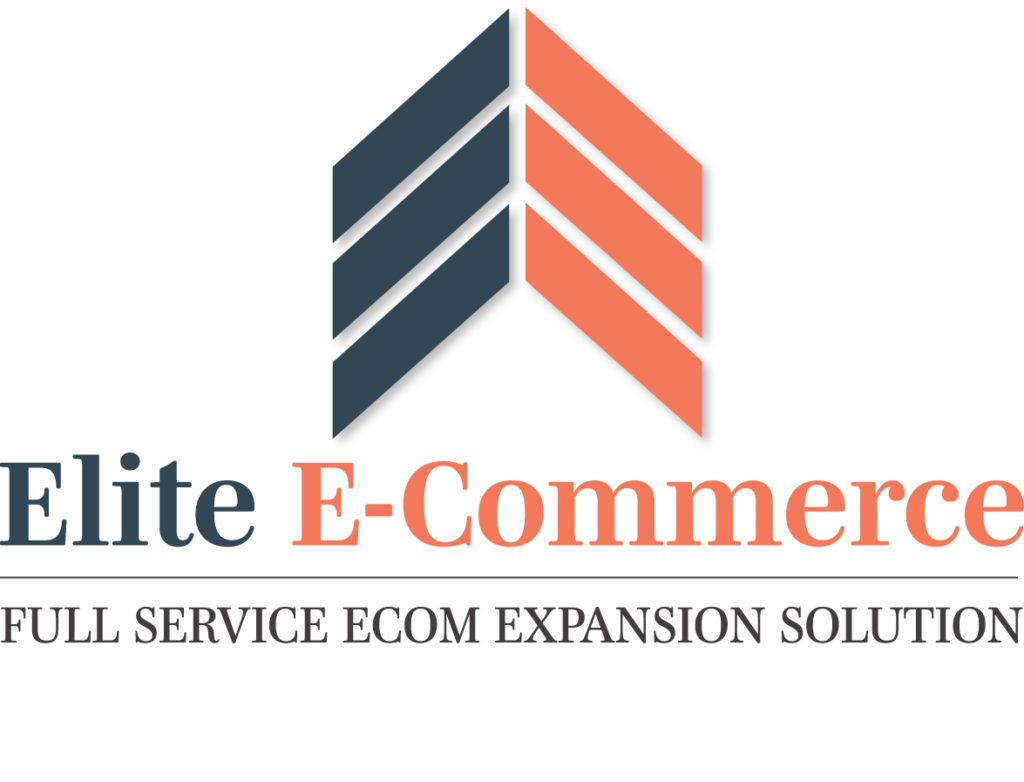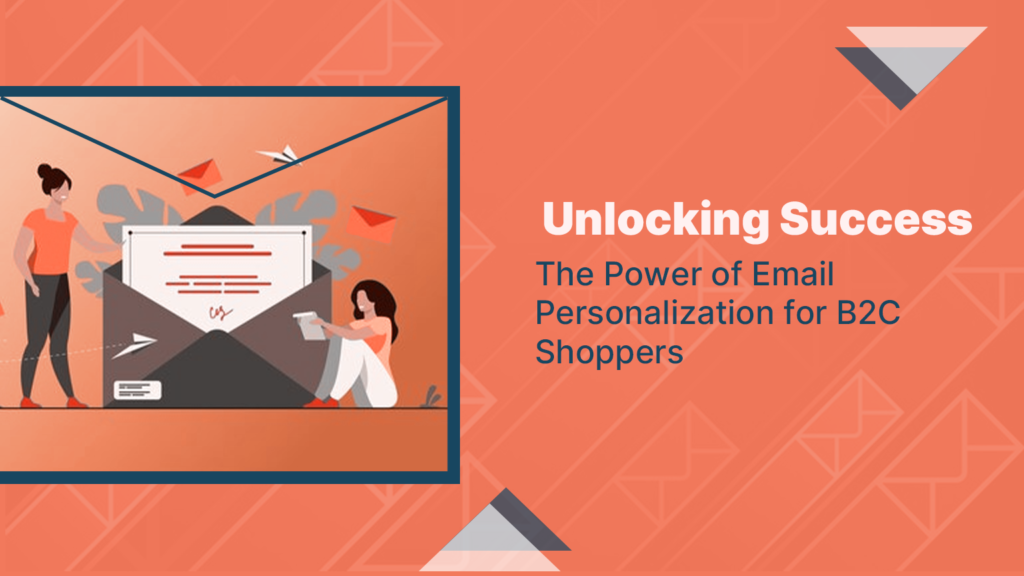In today’s digital age, connecting with customers on a personal level is more important than ever. Email personalization is a powerful tool that allows businesses to tailor their content specifically to individual B2C shoppers, creating a more engaging and relevant experience. By understanding the behavior and preferences of their target audience, businesses can craft personalized email campaigns that drive engagement, increase conversions, and build long-lasting customer relationships.
Introduction
Email personalization involves customizing email content based on the recipient’s interests, behavior, and past interactions with the brand. This can include personalized product recommendations, tailored offers, and customized content based on the recipient’s preferences. In this article, we’ll explore the importance of email personalization in B2C marketing and provide practical tips for implementing effective personalization strategies.
Understanding B2C Shopper Behavior

Different motivations and behaviors drive B2C shoppers compared to B2B customers. They are often looking for products and services that meet their immediate needs or desires, and they expect a personalized shopping experience. Understanding these behaviors is crucial for businesses looking to personalize their email marketing campaigns effectively.
Benefits of Email Personalization
Personalizing email content can lead to a variety of benefits for businesses, including increased open and click-through rates, higher conversion rates, improved customer loyalty, and enhanced brand perception. By delivering relevant content to the right audience at the right time, businesses can create a more meaningful connection with their customers and drive better results from their email marketing efforts.
Types of Personalization
There are several ways to personalize email content for B2C shoppers, including dynamic content that changes based on the recipient’s preferences or behavior, personalized product recommendations based on past purchases or browsing history, and tailored offers and promotions designed to appeal to specific segments of your audience.
Collecting and Using Customer Data
To personalize email content effectively, businesses need to collect and analyze customer data. This can include information such as purchase history, browsing behavior, demographics, and preferences. By leveraging this data, businesses can create highly targeted and relevant email campaigns that resonate with their audience.
Crafting Personalized Email Content

When crafting personalized email content, it’s important to consider the recipient’s interests, preferences, and stage in the buying journey. Personalization goes beyond simply addressing the recipient by name; it involves creating content that is relevant and valuable to the individual recipient.
Subject Line Personalization
The subject line is the first thing recipients see when they receive an email, making it a critical component of email personalization. Personalizing the subject line can significantly impact open rates, as recipients are more likely to open an email that addresses their specific needs or interests.
Personalization Beyond First Name

While addressing recipients by their first name is a common form of personalization, there are many other ways to personalize email content. This can include referencing past purchases or interactions, tailoring content based on the recipient’s location or preferences, and using dynamic content that changes based on the recipient’s behavior.
Using Customer Segmentation
Segmenting your audience based on common characteristics or behaviors can help you deliver more targeted and relevant email content. By dividing your audience into segments, you can tailor your email campaigns to address the unique needs and interests of each group.
Automated Email Personalization
Automated email personalization allows businesses to scale their personalization efforts and deliver relevant content to their audience at scale. By using automation tools, businesses can send personalized emails based on triggers such as website visits, abandoned carts, or past purchases.
Testing and Optimization
Testing different elements of your email campaigns, such as subject lines, content, and calls to action, is essential for optimizing your email marketing efforts. A/B testing allows you to determine which elements resonate most with your audience and make data-driven decisions to improve your campaigns.
Overcoming Challenges in Email Personalization
While email personalization offers many benefits, it also comes with its challenges. Common challenges include data privacy concerns, lack of data quality, and difficulty in maintaining consistency across multiple channels. By addressing these challenges proactively, businesses can ensure their email personalization efforts are successful.
Personalization Ethics and Privacy
Respecting customer privacy and adhering to ethical standards are essential when implementing email personalization strategies. Businesses must be transparent about how they use customer data and ensure they have the necessary consent to personalize their emails.
Future Trends in Email Personalization

As technology continues to evolve, so too will the possibilities for email personalization. Future trends in email personalization may include more advanced AI and machine learning algorithms, greater integration with other marketing channels, and enhanced personalization based on real-time data.
Key Takeaway Points
- Email personalization is crucial for engaging B2C shoppers and driving better results from email marketing campaigns.
- Understanding B2C shopper behavior is essential for implementing effective email personalization strategies.
- Personalizing email content can lead to increased open and click-through rates, higher conversion rates, and improved customer loyalty.
- Businesses can personalize email content in various ways, including dynamic content, personalized offers, and tailored product recommendations.
- Collecting and analyzing customer data is key to implementing successful email personalization strategies.
Data & Insights

- Personalized emails deliver six times higher transaction rates.
- 74% of marketers say targeted personalization increases customer engagement.
- 94% of businesses agree that personalization is critical to their success.
Conclusion

Email personalization is a powerful tool for B2C marketers looking to connect with their audience on a more personal level. By understanding B2C shopper behavior, leveraging customer data, and crafting personalized email content, businesses can create more engaging and effective email campaigns that drive results.
Additional Resources
For more information on email personalization and how to implement effective personalization strategies, check out the following resources:
- [Link to eBook on Email Personalization Best Practices]
- [Link to Webinar on Advanced Email Personalization Techniques]
- [Link to Blog Post on Common Email Personalization Mistakes to Avoid]
By following these tips and best practices, you can take your email marketing efforts to the next level and deliver a more personalized experience to your B2C shoppers.
Data & insights:
Personalized emails deliver six times higher transaction rates.
74% of marketers say targeted personalization increases customer engagement.
94% of businesses agree that personalization is critical to their success.






